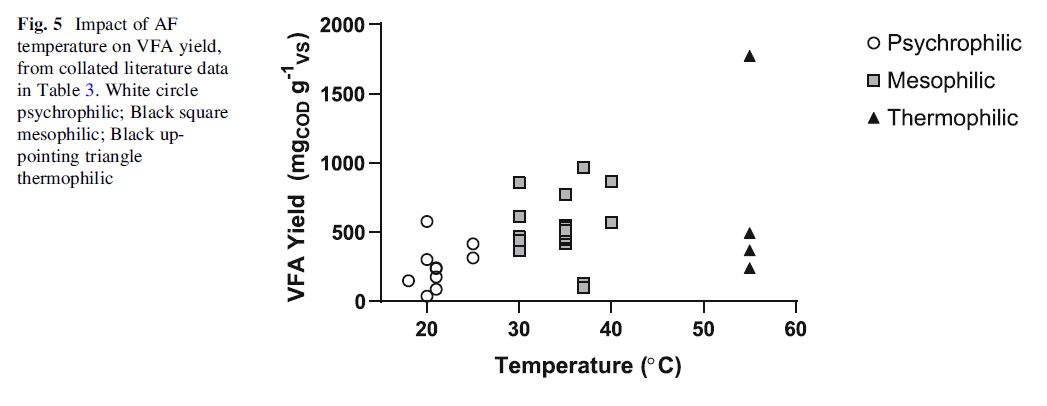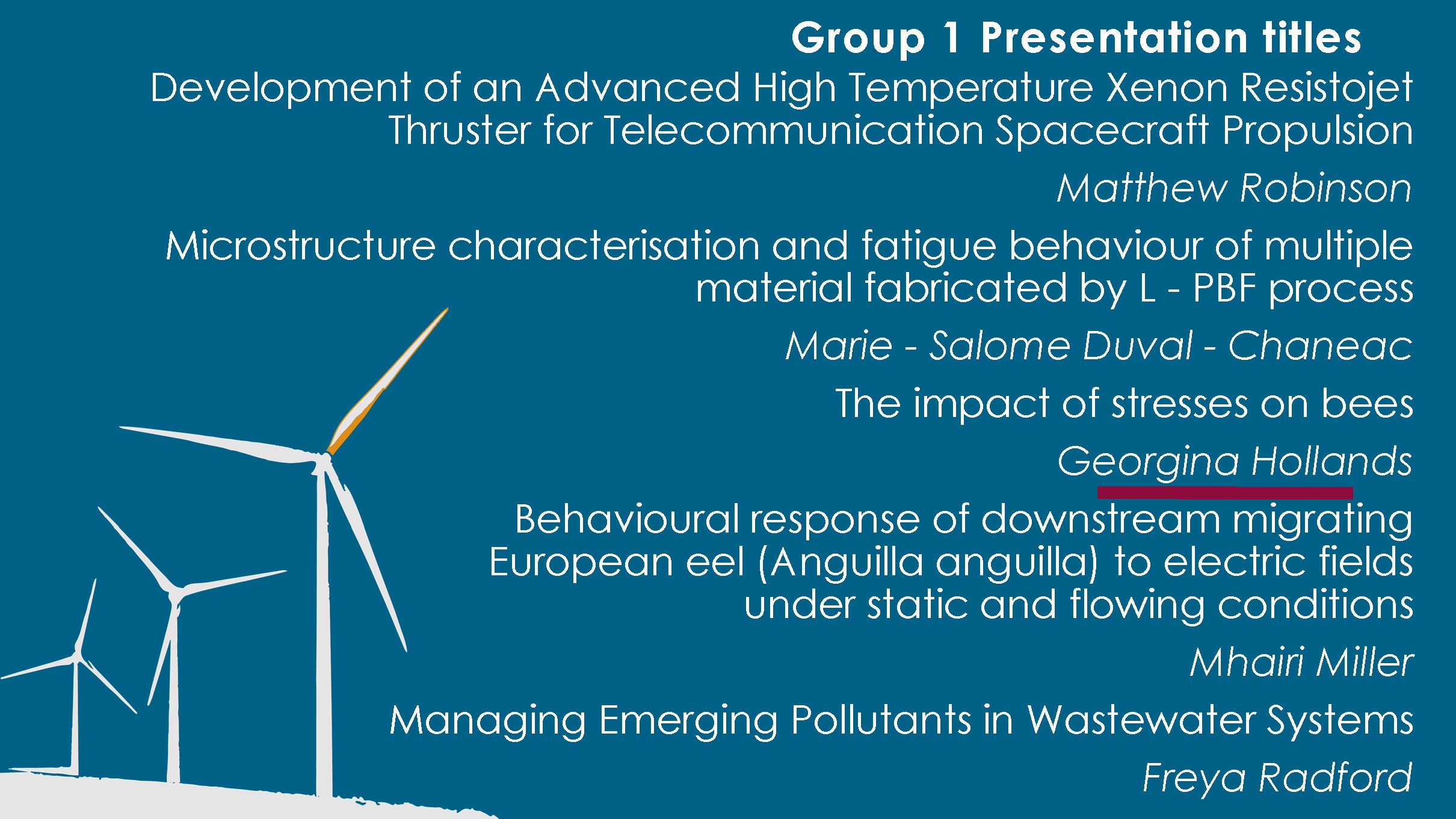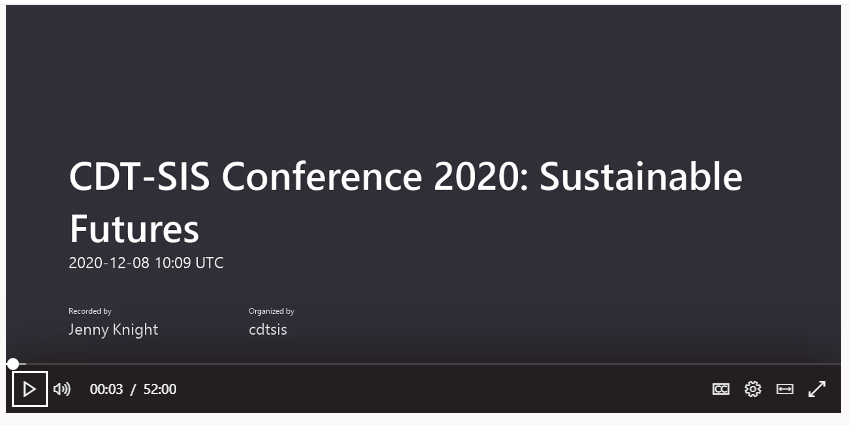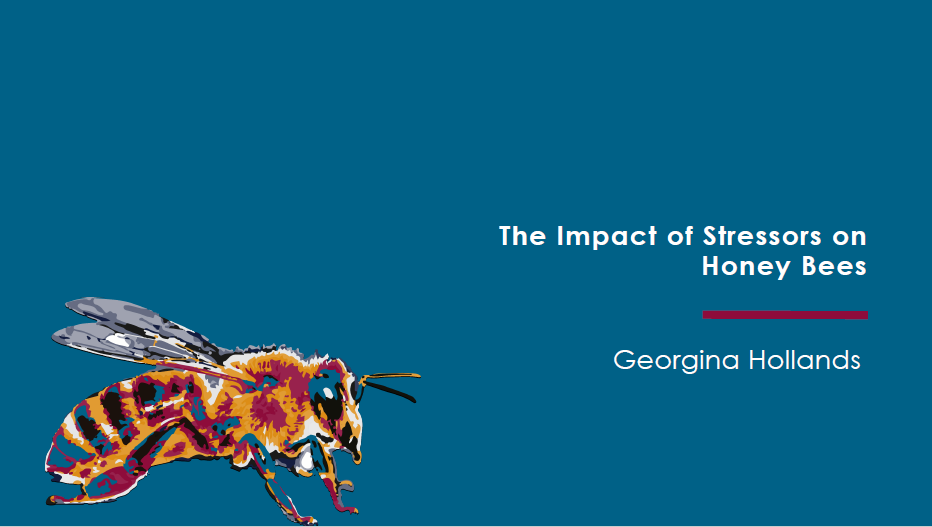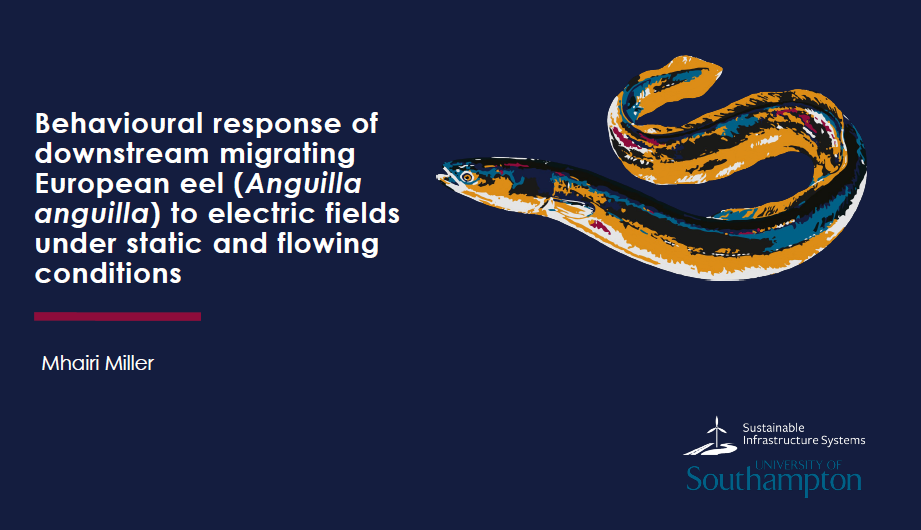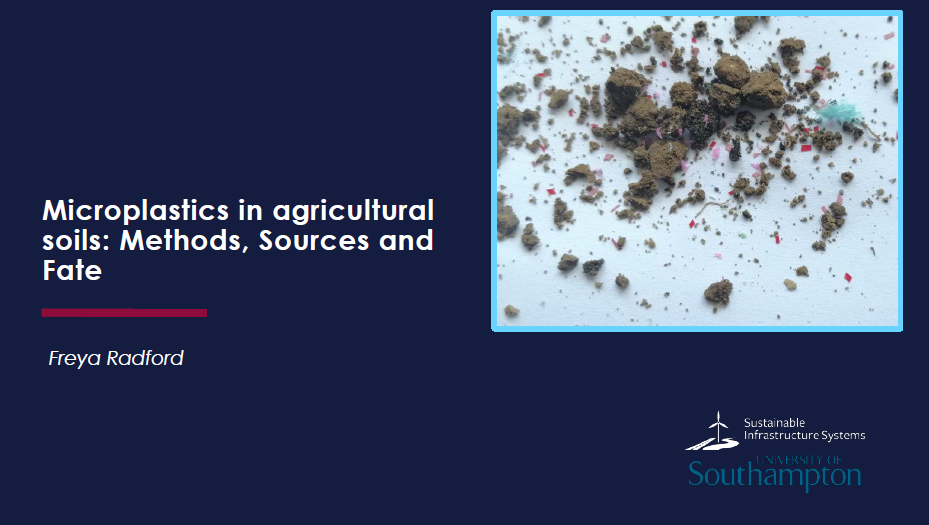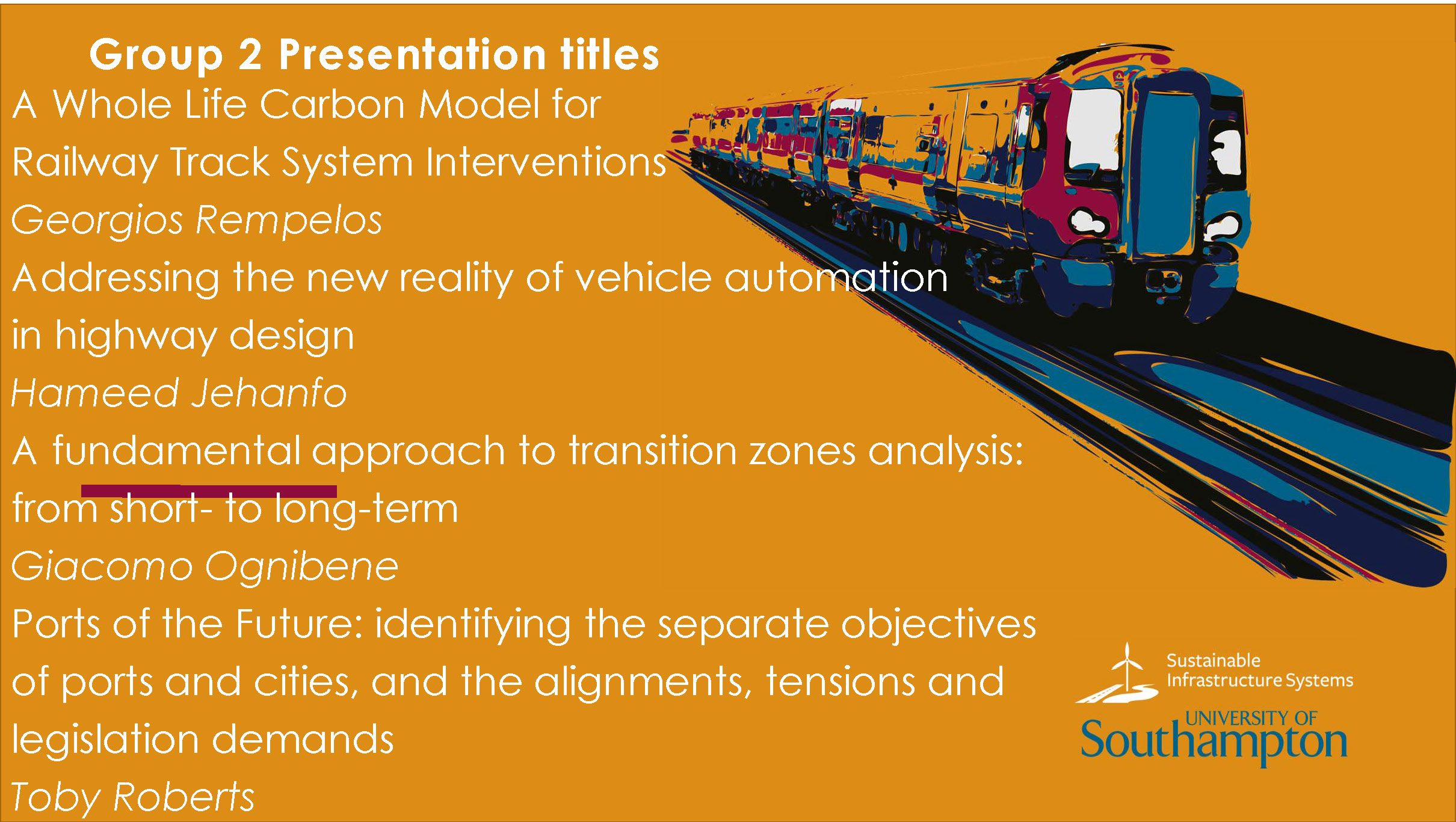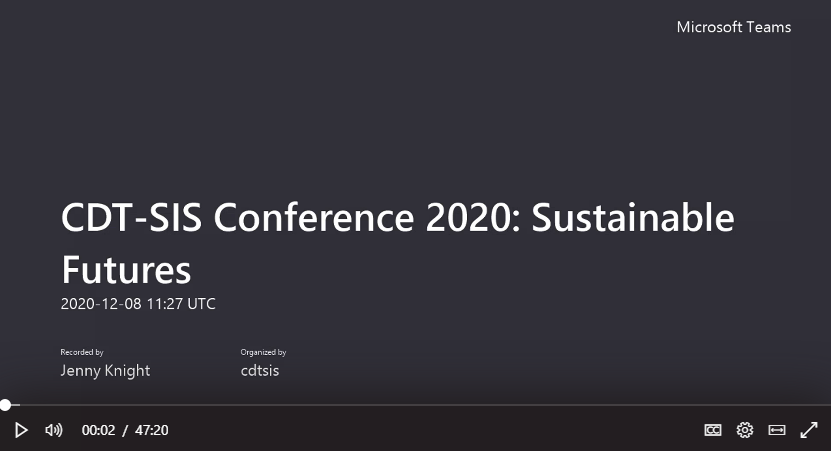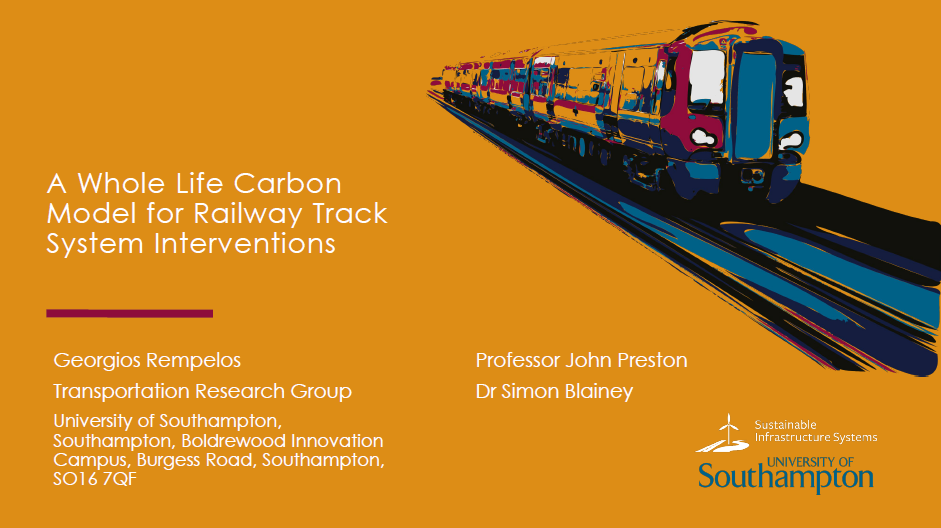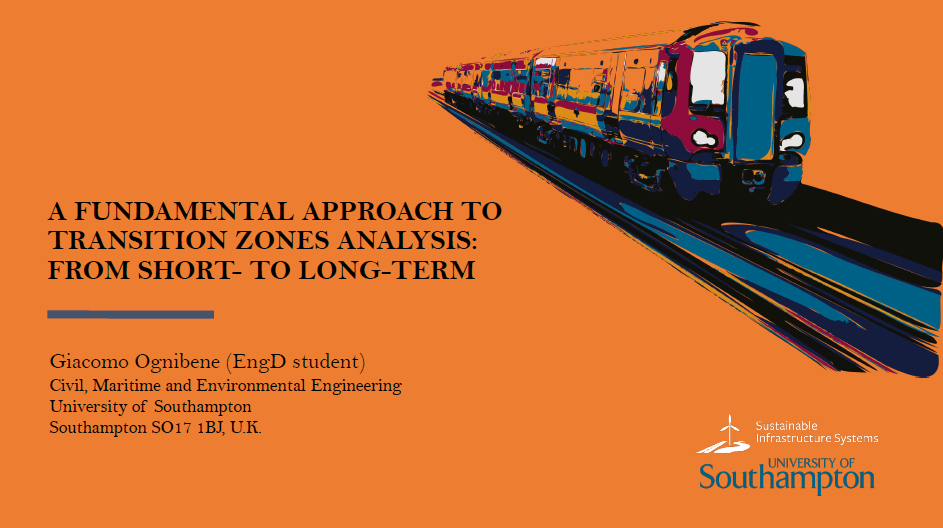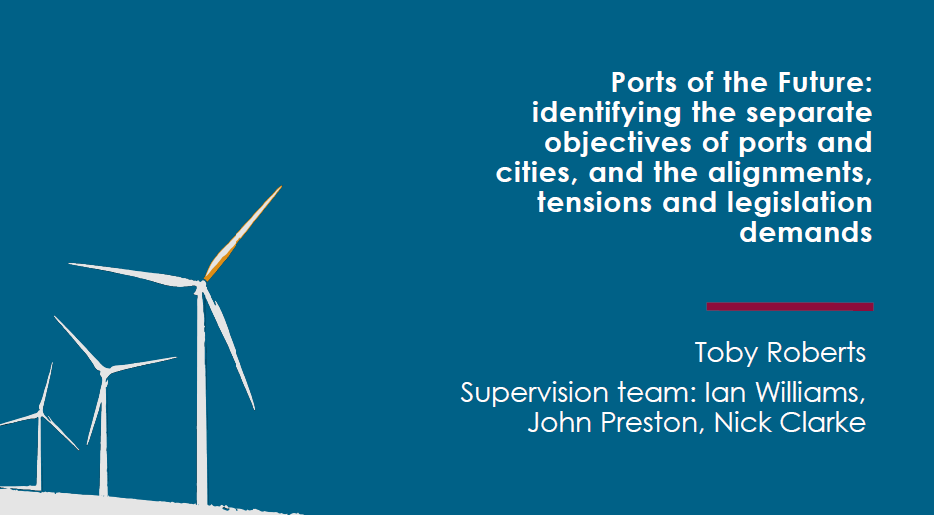“Acidogenic fermentation is a clean treatment for biodegradable waste and provides an alternative to petroleum refineries, but researchers need to address some challenges: a better understanding on fermentation parameters, product recovery and process integration”
Maria Ramos-Suarez, Yue Zhang & Victoria Outram
Reviews in Environmental Science and Bio/Technology (2021)
https://link.springer.com/article/10.1007/s11157-021-09566-0
Abstract
Volatile fatty acids (VFAs) are key platform chemicals used in a multitude of industries including chemicals, pharmaceuticals, food and agriculture. The current route for VFA production is petrochemical based. VFAs can be biologically produced using organic wastes as substrate, therefore directly contributing to a sustainable economy. This process is commonly known as acidogenic fermentation (AF).  This review explores the current research on the development of AF processes optimized for VFA production. Three process steps are considered: feedstock pretreatment, fermentation, and primary product recovery with a focus on in situ recovery. Pretreatment is required for recalcitrant feedstocks, especially lignocellulosic substrates. Different pretreatment techniques for AF application have not been studied in depth. The operational parameters of AF (temperature, pH, hydraulic retention time, substrate concentration, etc.) highly influence microbial activity, VFA yields and product distribution. Optimum conditions are ultimately dependent on substrate composition, however, there is indication that certain operational ranges are beneficial for most feedstocks. VFA recovery and purification are necessary for chemical applications. When recovery is performed in situ, it can help relieve product-induced inhibition and keep alkalinity levels stable enabling further waste degradation. Many techniques have been tested, but none are directly compatible with the fermentation conditions tested. Bio-VFAs have the potential to aid in developing a circular economy, but further development is required. Processes need to be developed with the product market in mind, considering both process integration and systematic process optimization.
This review explores the current research on the development of AF processes optimized for VFA production. Three process steps are considered: feedstock pretreatment, fermentation, and primary product recovery with a focus on in situ recovery. Pretreatment is required for recalcitrant feedstocks, especially lignocellulosic substrates. Different pretreatment techniques for AF application have not been studied in depth. The operational parameters of AF (temperature, pH, hydraulic retention time, substrate concentration, etc.) highly influence microbial activity, VFA yields and product distribution. Optimum conditions are ultimately dependent on substrate composition, however, there is indication that certain operational ranges are beneficial for most feedstocks. VFA recovery and purification are necessary for chemical applications. When recovery is performed in situ, it can help relieve product-induced inhibition and keep alkalinity levels stable enabling further waste degradation. Many techniques have been tested, but none are directly compatible with the fermentation conditions tested. Bio-VFAs have the potential to aid in developing a circular economy, but further development is required. Processes need to be developed with the product market in mind, considering both process integration and systematic process optimization.